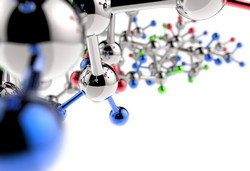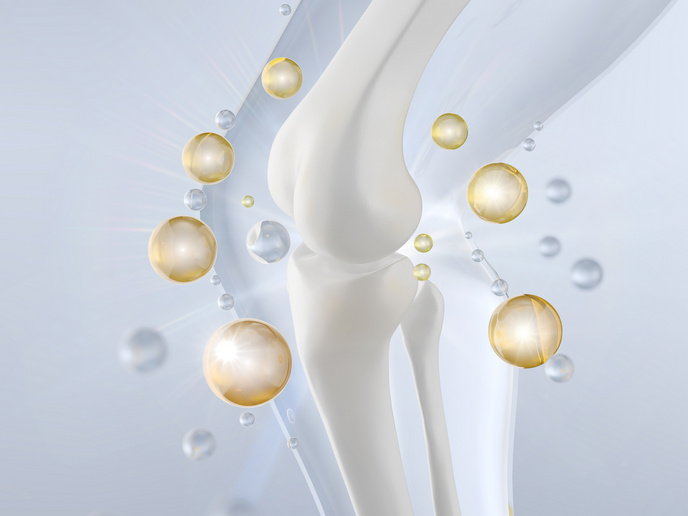Understanding biochemical reactions using quantum mechanical calculations
The rapid development of molecular spectroscopy has revealed new details of nuclear and electronic dynamics, which need to be understood in terms of quantum theory. The principal equation used to describe particle behaviour on the quantum scale is the Schrödinger equation. It is relatively straightforward to solve the time-dependent Schrödinger equation numerically for a system consisting of a few nuclei and their corresponding electrons. However, such calculations become difficult as more particles interact. Classical methods are incapable of capturing important quantum effects such as proton tunneling and the dynamics in those regions where nuclear and electronic motion becomes strongly coupled. The DQDPROT (On-the-fly nonadiabatic quantum dynamics suitable for large biomolecules: Developing the DD-vMCG method) project has upgraded the DD-vMCG method and applied it to biological systems, the green fluorescent protein (GFP) chosen as the focus of this study. GFP’s mechanism of action involves the absorption of blue light, which causes an excited state proton transfer (ESPT). This is the only known ESPT occurring in biologically active molecules and, although thoroughly studied experimentally, its mechanism remains a matter of debate. To study the fluorescence process theoretically, a quantum dynamical treatment of the mechanism is required, but even a simple model must consider a least 50 atoms, making it impossible to investigate using conventional methods. The DQDPROT project encountered some unexpected problems as it was developed and compared with observation. Although not all the project objectives could be accomplished within this initial project, valuable improvements were made in the performance of the DD-vMCG program. Matrix handling has been made more robust. The handling of the database of energies, gradients and Hessians was also significantly improved and its performance optimised. A Hessian update procedure was implemented, allowing for a further speed-up of direct dynamics, and being especially important for expensive excited-state calculations. This will enable significant progress in theoretical reaction dynamic modelling, with important applications in chemistry and biology. Results, together with an in-depth review of the current state of the DD-vMCG programme, were published in papers in the International Reviews in Physical Chemistry and the Journal of Chemical Physics.







